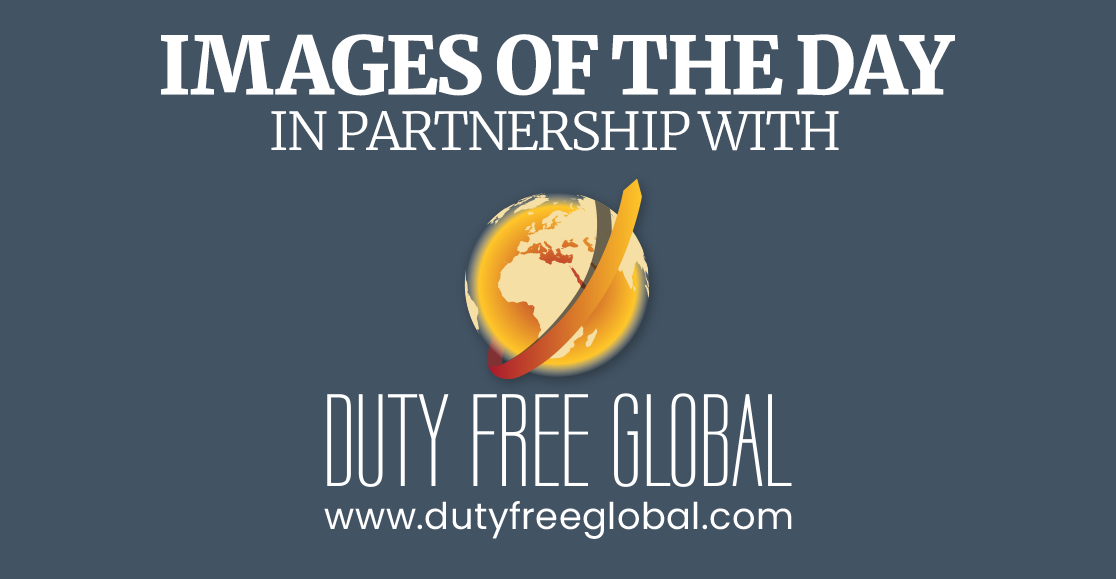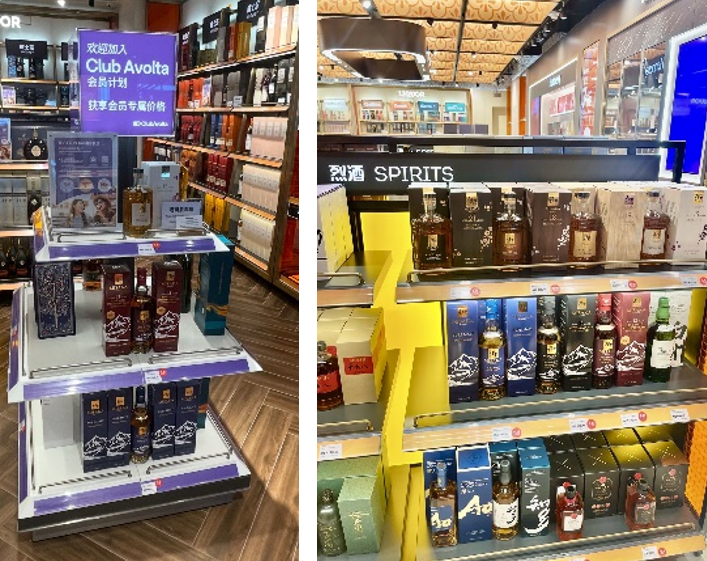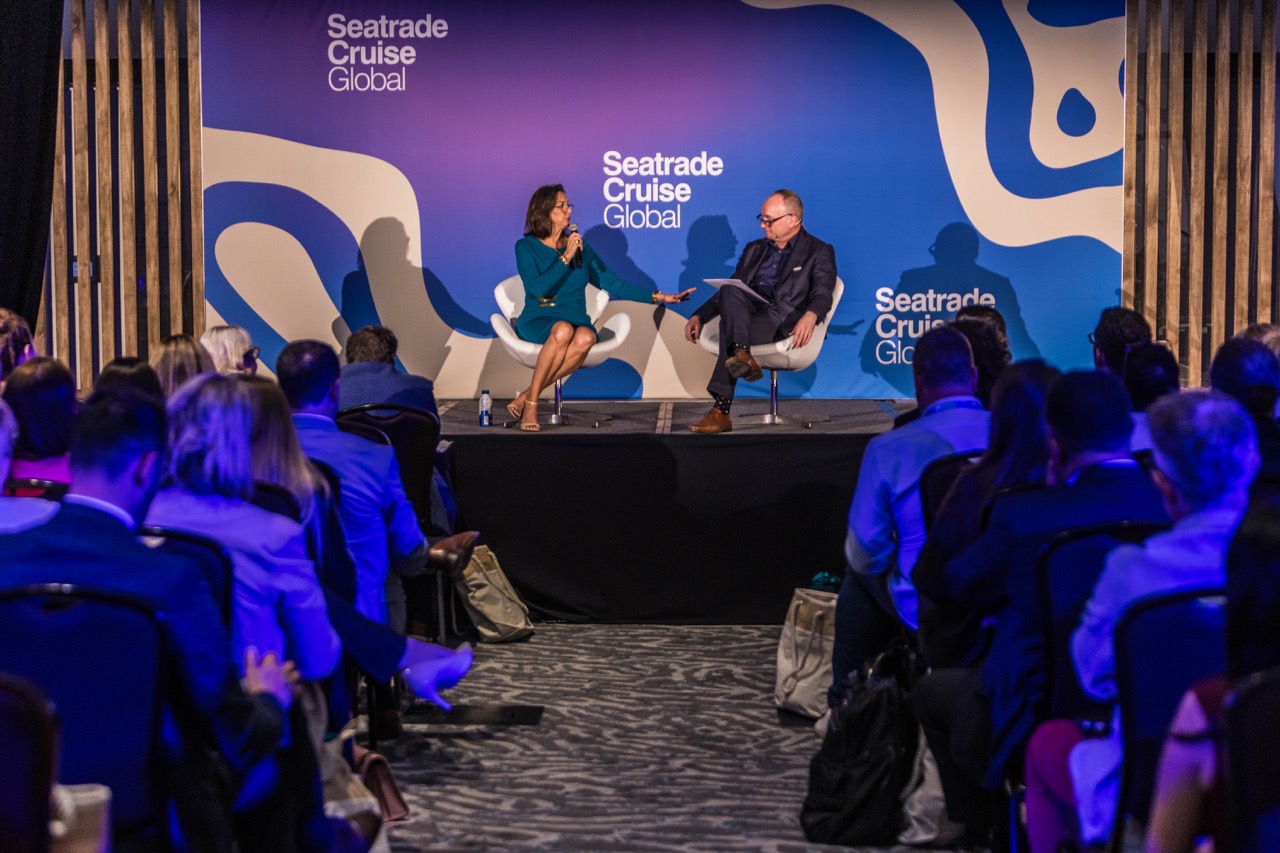DENMARK/GERMANY. As leading Baltic ferry line Scandlines prepares for new ownership later this year, the company’s ferry and border shops are exciting huge interest among potential investors. Worth revenues of €200 million in 2005, retail will be a critical element for any buyer.
Already more than 20 prospective bidders have expressed interest in the planned sale of Scandlines, currently owned 50:50 by the Danish Ministry of Transport and Germany’s national rail company Deutsche Bahn. The two owners agreed late last year to seek investors for the business after they failed to produce a common strategy for the future. A sale of Scandlines should net between €600 million and €800 million, according to analysts.
Just this week, a consortium comprising German shipping group Deutsche Seereederei, Allianz Capital Partners and Danish pension fund LD Equity announced its intentions to bid for the company. But it won’t be short of challengers. Other interested parties are understood to include rival ferry firms Stena Line and DFDS. Each of the prospective bidders sees prospects for growth not just in a robust passenger and freight trade, but also in the critical retail and catering offer, one that plays a key role in the group’s profitability.
Key figures
Created in 1998, Scandlines is the largest ferry company in the southern part of the Baltic. It operates 25 ships on 12 passenger and freight ferry lines between Denmark and Germany, Denmark and Sweden, Sweden and Germany, to the Baltic States and inside Denmark. In 2005, the company handled 19.8 million passengers and posted after-tax profits of €69.9 million on turnover of €523 million.
Of this turnover, 43% came from retail and catering, split between the ferry shops and the border stores at Puttgarden, Helsingor and Sassnitz, which are the company’s biggest success stories since the abolition of intra-EU duty free sales in 1999.
The critical role of border shopping
The Puttgarden shop was opened in response to the abolition of duty free and is in retail terms is the key to driving sales growth and profits at the group. Sales at this one outlet alone were worth over €100 million in 2005, an increase of €20.1 million over 2004. The Moodie Report understands that the Puttgarden store operates at a profit margin of 20%, a robust figure given the absence of duty free. Sales were given a boost last year when Scandlines moved to exploit the strength of its border business by expanding the Puttgarden outlet to 8,000sq m, with an enhanced product range including electronics and clothing, to add to the traditional ranges already on offer. The company has also recently acquired additional space for car parking to accommodate the demand from the 4.5 million passengers, mostly Swedes and Danes, who frequent it.
Both on the ferries and at the borders, the strength of Scandlines’ retail business lies in the differences in VAT and duties between high-priced Sweden and Germany and between Sweden and Denmark. Despite the loss of duty free, Swedes have lost none of their appetite for cut-priced travel shopping. From a base of 1.2 million cars in 2000, Scandlines carried almost 1.8 million between Rodby and Puttgarden in 2005, with most of the increase in short-stay shopping breaks.
Twin-track strategy
Scandlines has adopted two very different strategies for its two key retail platforms. While the cash-and-carry border business deals in low-priced commodity items, the ferry stores still carry a more upmarket proposition and specialise in fragrances, confectionery and accessories.
Onboard the ships a strong focus on specialist perfumeries means fragrances have eaten into the market share of the traditional categories in the past five years. Just one-quarter of sales in 2001, fragrances accounted for over 42% of ferry shop sales in 2005.
At the border business, the picture is very different. From 11% of sales in 2001, spirits alone are now 31% of the business, while wines have grown from 18% to 28.6% in the same period. Tobacco sales are now just 3% of the business, while fragrances have been withdrawn, to be sold only on the ferries.
Challenges ahead
Once Scandlines finds a new owner, at least it should produce a coherent group strategy, rather than the division that characterized joint German-Danish ownership. But Scandlines Catering, which manages retail and catering for the group, has overcome these divisions to create a growing, profitable business built on the strengths of its traditional ferry routes and demand for travel shopping among Swedes in particular.
The creation and later the expansion of the Puttgarden border store, a mammoth port-based floating shopping complex, was a masterstroke in this strategy. But it was also a necessary defensive move. As Scandinavian visitors have flocked south to Germany for domestic prices, so the discounters have taken note, and are increasingly eyeing up the opportunities close to the ports where these visitors dock. Scandlines got there first, but must now ensure it keeps the customers captive in its shops. As it has already recognized, the way to do this is not just through price, but by offering wider ranges and better selections. The new owners of Scandlines will find in retail and catering a smart, agile division that promises a sound basis for the future of the whole group.







